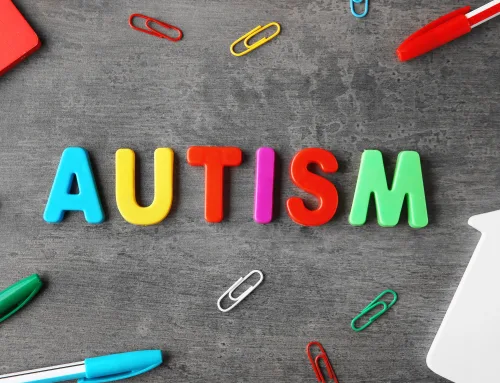Introduction: Understanding Autism and the Promise of Stem Cell Research
Autism Spectrum Disorder (ASD) is a developmental condition marked by social, communication, and behavioral challenges. Recently, stem cell research has emerged as a promising frontier, offering new hope for innovative treatments. This article explores how these scientific advancements could revolutionize autism care, providing parents with a glimpse into a potentially transformative future.
Recent Breakthroughs in Stem Cell Research for Autism
The field of stem cell research has witnessed remarkable progress in recent years. Scientists have been exploring how stem cells can be used to treat neurological conditions, including autism. These breakthroughs include the development of new stem cell lines and techniques to target specific areas of the brain affected by ASD. Such advancements are not just scientific milestones; they are steps towards a future where autism can be treated more effectively.
How Stem Cell Therapy Could Transform Autism Treatment
Stem cell therapy holds the potential to address core symptoms of autism by repairing or replacing damaged neural cells. This could lead to improvements in cognitive and social functions, offering a significant shift in the approach to autism treatment. The possibility of enhancing neural connectivity and reducing ASD symptoms through stem cell therapy is a beacon of hope for many families.
Explaining Complex Science in Simple Terms for Parents
Stem cell therapy might seem complex, but it can be understood as a process of healing and rejuvenation at the cellular level. Imagine a damaged building being repaired with new, robust materials – stem cell therapy works similarly by repairing the body’s damaged cells, potentially improving the symptoms of autism.
Incorporating SEO Keywords: Bridging Autism, Stem Cell Research, and Parental Guidance
To ensure this vital information reaches as many families as possible, this article includes key phrases like “stem cell therapy for autism,” “autism treatment breakthroughs,” and “parental guide to autism and stem cell research.” These SEO keywords help parents easily find and access this crucial information, keeping them informed about the latest in autism care.
Conclusion: Hopeful Insights and Resources for Families
The advancements in stem cell research bring a wave of optimism for autism treatment. While this field is still evolving, the potential for significant improvements in the lives of those with autism is an exciting prospect. For more information, parents can refer to resources such as the National Autism Association and the International Society for Stem Cell Research. This journey of innovation and hope continues, opening new doors for families navigating autism.
Table of content
- Introduction: Understanding Autism and the Promise of Stem Cell Research
- Recent Breakthroughs in Stem Cell Research for Autism
- How Stem Cell Therapy Could Transform Autism Treatment
- Explaining Complex Science in Simple Terms for Parents
- Incorporating SEO Keywords: Bridging Autism, Stem Cell Research, and Parental Guidance
- Conclusion: Hopeful Insights and Resources for Families





